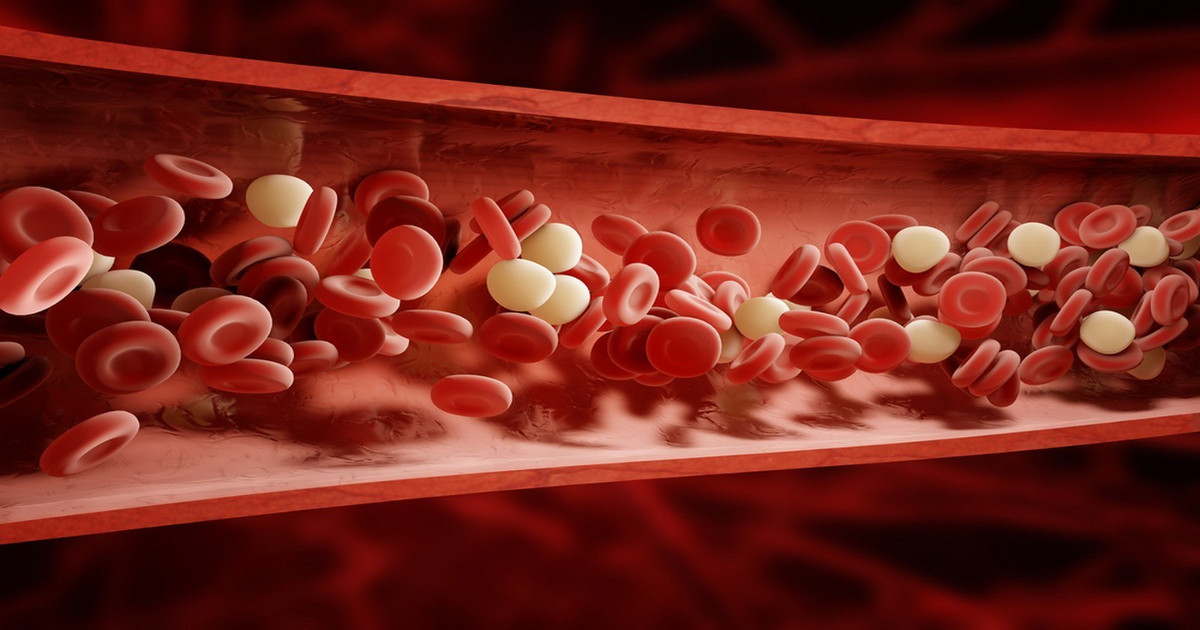What Causes Onychomycosis?
Heavy Sweating

Heavy sweating increases an individual's risk of developing a fungal infection, since fungus thrives and grows best in moist areas. This is part of why toenails are more likely to develop an infection than fingernails. When individuals wear wet shoes or sweat excessively, their feet stay moist and damp throughout the day. Walking through puddles and rainy conditions can also exacerbate this. Wearing socks can sometimes help protect the feet from outside elements, but sweat can collect inside the sock and make the foot damp regardless. If individuals sweat heavily enough that it's a consistent problem, they might want to ask a doctor to check for underlying medical conditions. For individuals who engage in activities that cause excessive sweating, including manual labor and heavy exercise, one of the best things they can do is get proper footwear. There are several running shoes and athletic shoes designed with mesh that removes moisture from the feet to keep them dry. Not only does this help individuals keep their grip as they walk, but it also lowers their risk of infection.
Issues With Circulation

Issues with circulation will increase an individual's risk of developing a fungal infection, particularly in their toenails. Many of the individuals at risk are older individuals, and we know as we age, our circulation tends to naturally reduce. However, there are ways to keep blood flowing healthily. Older individuals might have a higher risk because of longer fungus exposure and slower nail growth as well. On that note, if individuals are getting frequent fungal infections in their toenails, this may be a sign of a cardiac condition, and they should talk to their doctor. Peripheral artery disease is a medical condition that occurs when blood flow to arteries in the legs becomes restricted. It is caused by narrowing of the arteries due to plaque. When the blood flow is restricted, an individual's feet and legs don't get an adequate supply of oxygen-rich blood. In addition to fungal infections, patients might notice stubborn and unhealing sores on their feet and legs. Their feet and legs may feel consistently cold, and they might also experience unusual leg cramping.
